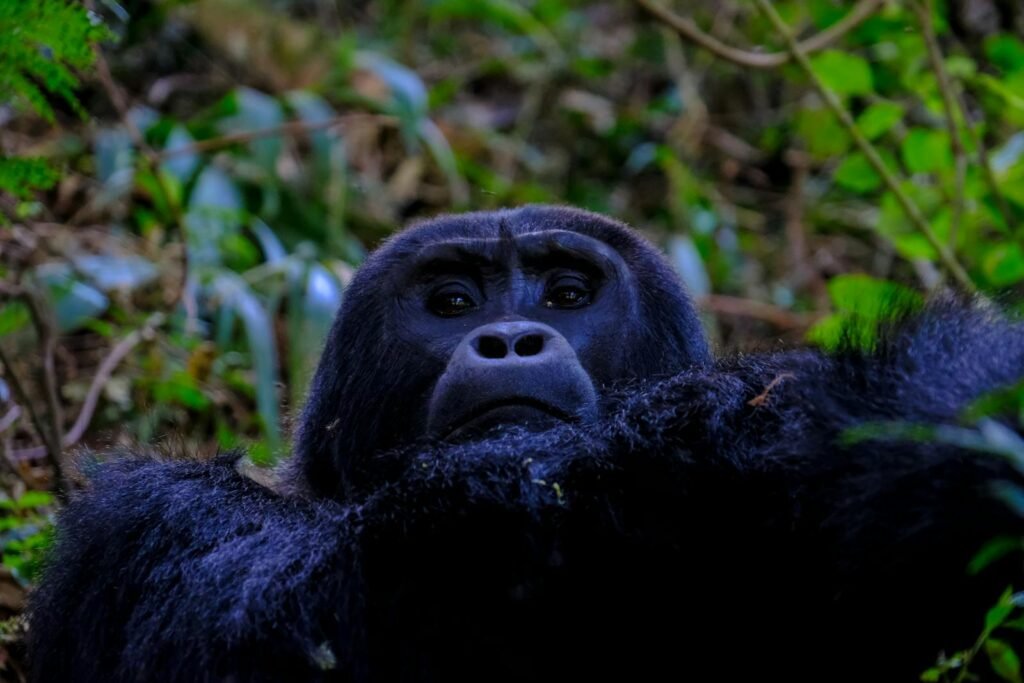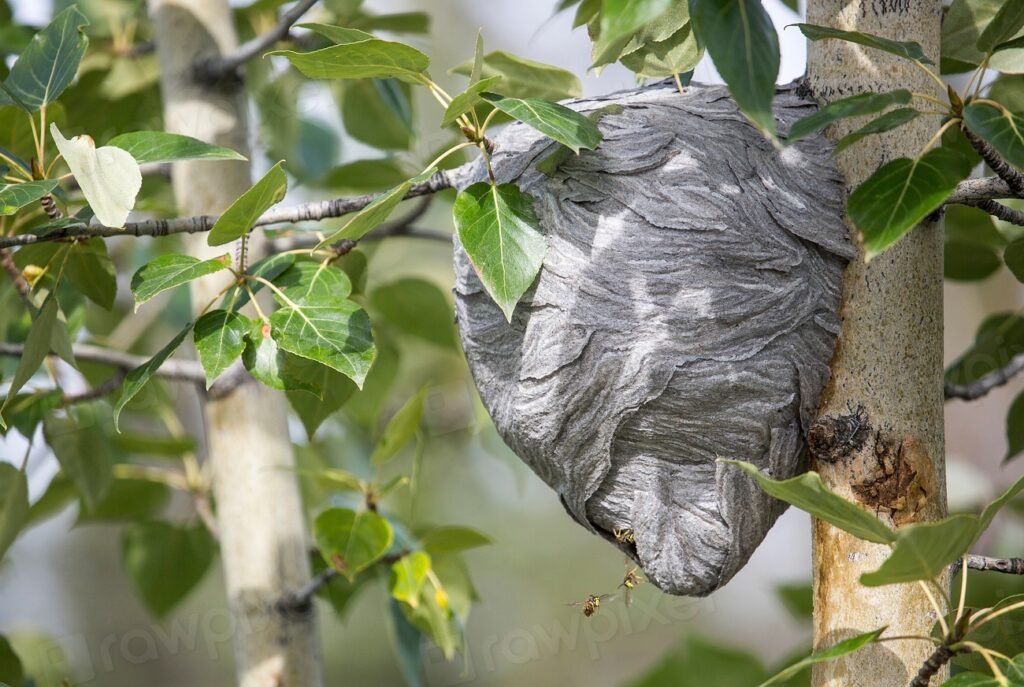Mimicry in nature is a fascinating phenomenon where animals imitate other species, objects, or natural environments to increase their chances of survival. This adaptation strategy can include physical resemblance, behavioral imitation, or both, and is widely seen across the animal kingdom. Throughout this article, we will explore different types of mimicry, how they function, and the evolutionary advantages they provide to those who have mastered these impressive feats of imitation.
The Importance of Mimicry

Survival in the wild is a constant challenge, with predators and prey engaged in an ongoing arms race of adaptation and counter-adaptation. Mimicry plays a vital role in this struggle by allowing organisms to deceive others in their environment. It aids in protection, predation, and sometimes even reproduction. Understanding mimicry highlights the complex interactions between species and shows how ecological pressures drive evolutionary change.
Types of Mimicry

There are several types of mimicry that animals use, each serving different purposes and involving unique evolutionary pathways.
Batesian Mimicry
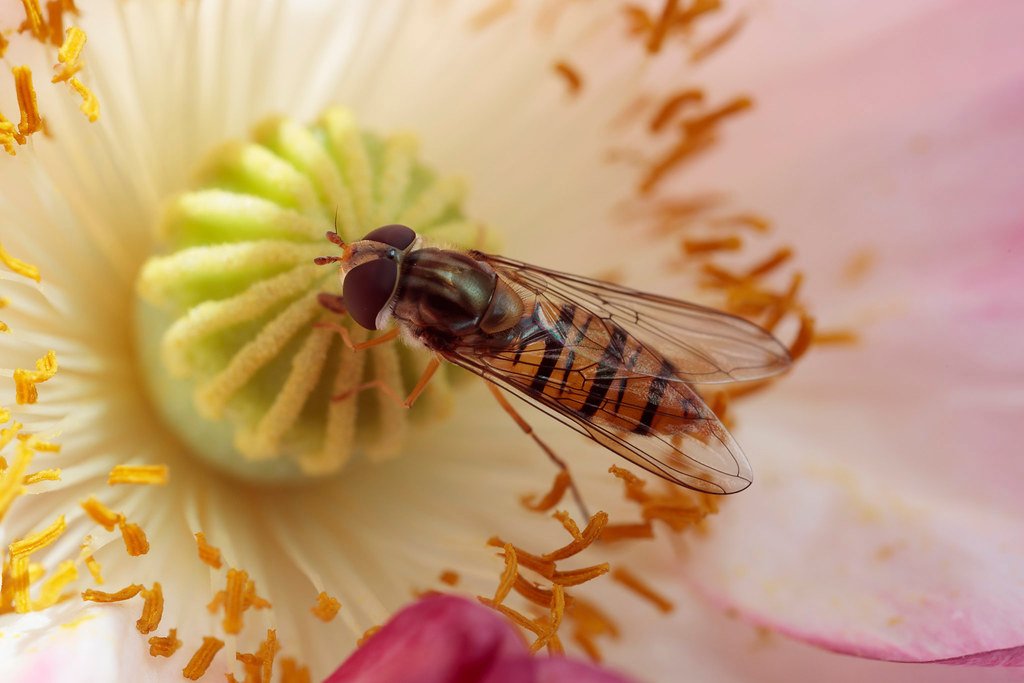
Batesian mimicry is named after the English naturalist Henry Walter Bates, who first described this form of imitation. It occurs when a harmless species evolves to resemble a dangerous or unpalatable species, thus avoiding predation. For example, the scarlet kingsnake, which is non-venomous, mimics the color pattern of the deadly coral snake, deterring potential predators.
Müllerian Mimicry
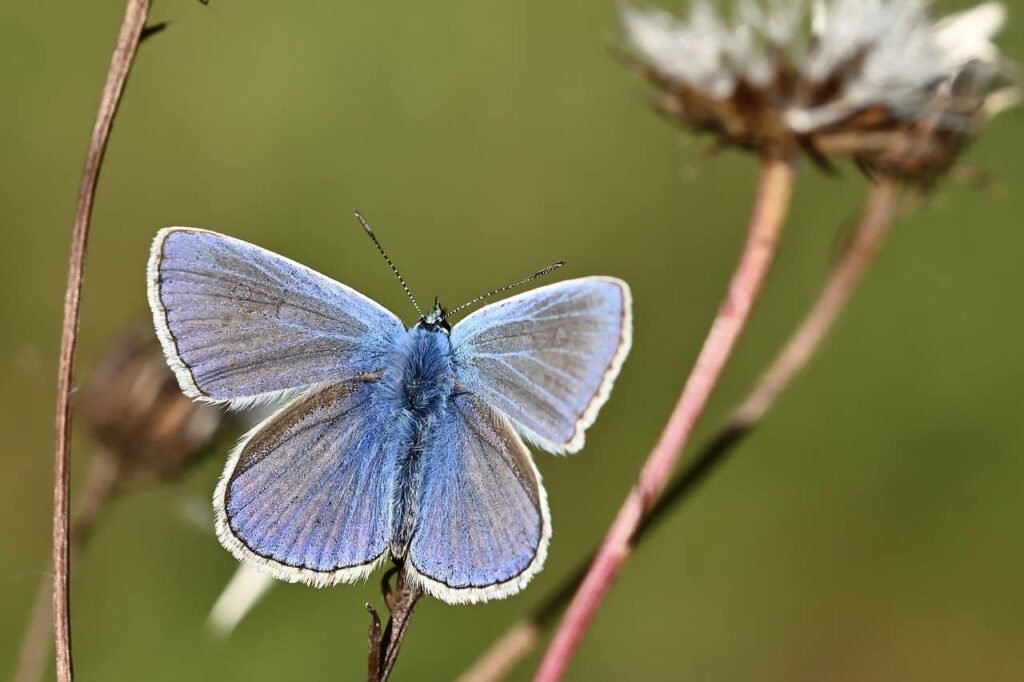
In Müllerian mimicry, two or more harmful or unpalatable species evolve to resemble each other. This mutualistic relationship enhances the survival of both species by reinforcing avoidance behavior in predators. For instance, various species of unpalatable butterflies may share similar wing patterns to bolster their collective defense against predation.
Aggressive Mimicry
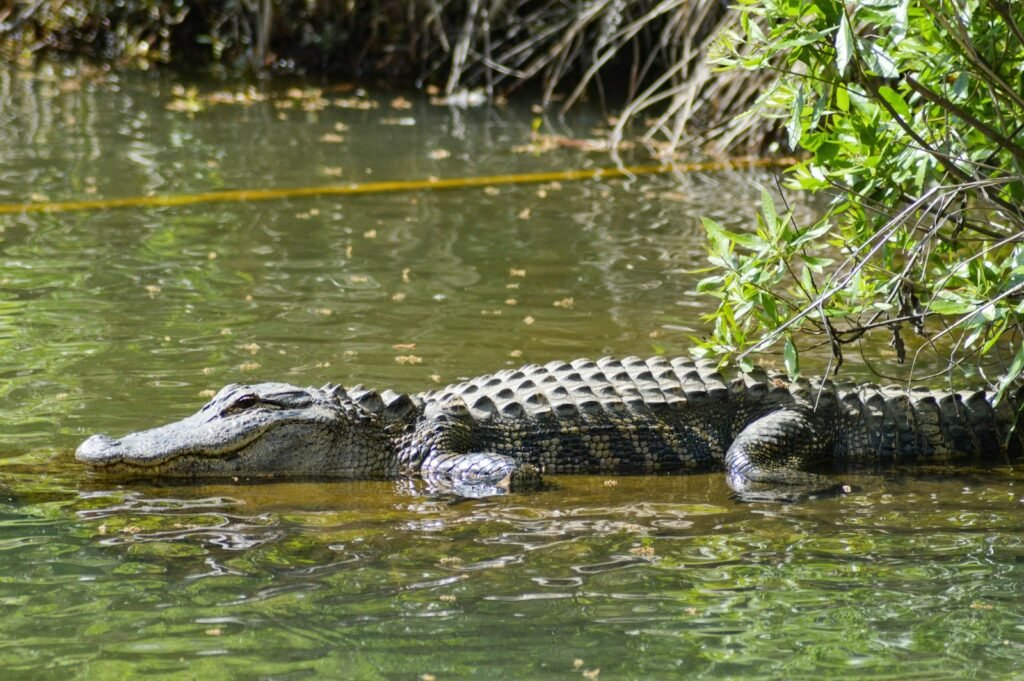
Aggressive mimicry is a strategy used by predators or parasites to deceive their prey or hosts. By adopting the appearance or behavior of something benign or even attractive, these organisms can lure their victims into a false sense of security. The anglerfish is a classic example, using its lure that mimics a small fish to attract prey within striking distance.
The Science Behind Mimicry
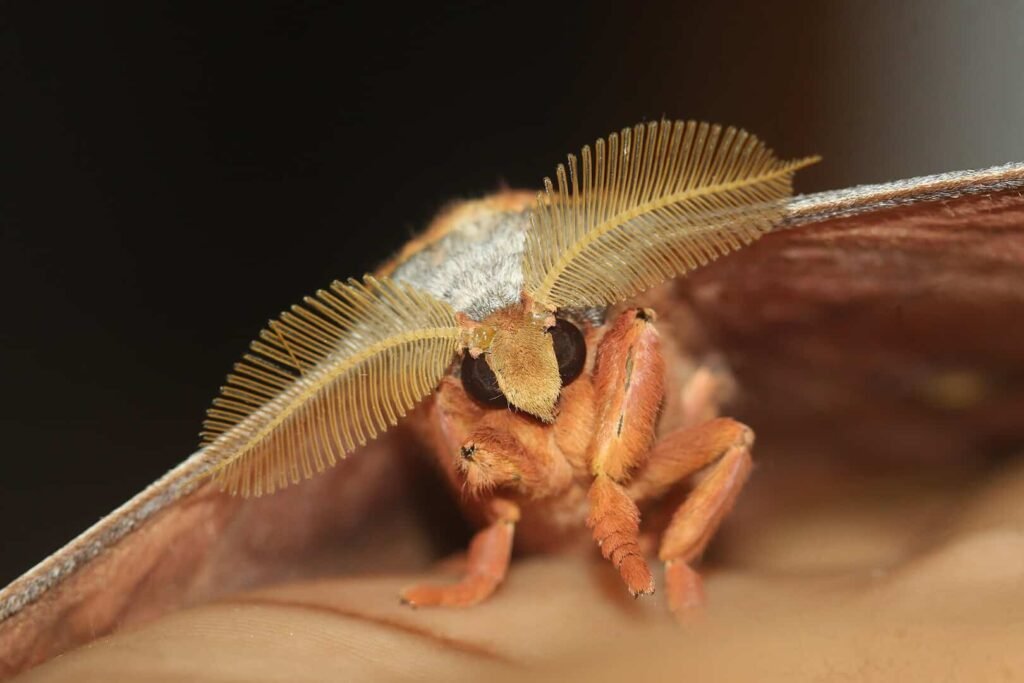
Mimicry is a product of evolution, driven by natural selection. Over generations, advantageous traits that enhance an organism’s fitness are passed down and refined. This evolutionary process results in either the development of mimicry in the first place or the refinement of existing mimicry to make it more effective. The genetic basis of mimicry involves complex interactions between multiple genes, often influencing coloration, pattern, and behavior


